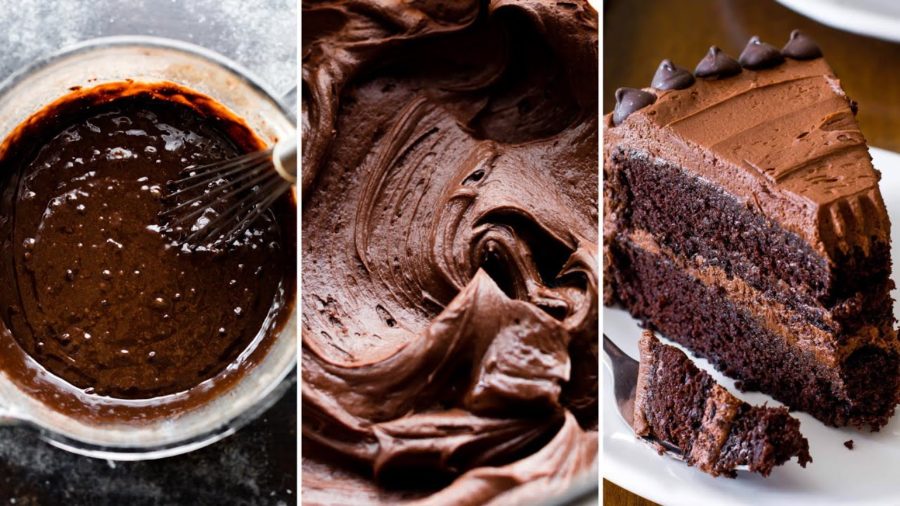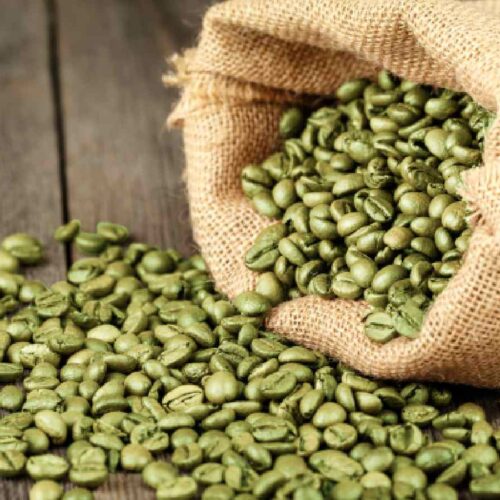Whether to celebrate your birthday, to accompany you with a cup of coffee or to give to someone special, chocolate cake is a trendy dessert around the world and, for many people, it is inexplicably addictive due to its soft consistency and sharp taste. If you have ever wondered why it is such a beloved and delicious food, here we are going to break down the recipe to tell you about the chemical processes carried out when making this cake. You will surely understand why each character is so pleasing to the palate.
The container for the chocolate cake:
Although it seems like a trifle when making a cake, the container in which the dough is deposited is of the utmost importance, which will be put in the oven. Reminiscing a bit about physics classes at school, perhaps we can remember that metal is a conductor and glass an insulator: it heats up at a slower rate, but, once heated, it retains heat longer.
The flour:
One of the primary ingredients in any cake is flour. The real reason it’s vital is because of the fibrous protein – known as gluten – that forms once water and wheat come into contact with water. At this point, you are probably wondering how gluten works. The answer is simple: it is made up of two proteins, glutenin and gliadin, which, when mixed with water, create robust and elastic gluten filaments in the dough, which get stronger and stronger the more the dough is mixed. Therefore they directly affect the final texture.
In times when the word gluten is prohibited in the vocabulary since in certain people, it causes the presence of celiac disease. It should be noted that, in reality, gluten is an essential protein when cooking since it acts as a binding agent for the dough and allows it to remain firm; In addition, it traps gases that the yeast will release during fermentation, which prevents the bread from being too dense. In other words, gluten is responsible for the shape and texture of all baked goods.
Cocoa powder:
A good chocolate cake has this ingredient in its recipe – not all have it – it is essential to know that there are different types of cocoa powder, among which the most common are the Dutch process and the natural one. The first is made from the cocoa beans after the cocoa butter has been extracted from the roasted beans, which have been treated with potassium carbonate, neutralising the beans’ acidity. In contrast to natural cocoa powder, which has a pH of 5, Dutch-process cocoa powder has a higher pH of between 7 and 8.
Does chocolate cake have salt?
If baking cakes is not something you do regularly, it can be bizarre that a sweet food has a salty ingredient; However, adding salt to the recipe for any dessert is of the utmost importance since, for example, in those that contain chocolate, it enhances the flavour. Salt is not added to desserts, so their taste is necessarily salty, but rather highlights other flavours in the recipe.
Similarly, salt is hygroscopic –meaning it attracts water– which, when mixed with a yeast-containing dough, absorbs some moisture, slowing down the fermentation process. This is how this mineral controls the level of yeast growth and causes the texture of the cake to be soft. It also strengthens the gluten structure, allowing it to retain carbon dioxide.
The baking powder:
When a dry acid, such as aluminium sulfate, is added, baking soda turns into baking powder, which releases carbon dioxide twice during the cake baking process, once when it comes into contact with water and the second when it reaches a specific temperature inside the oven.
The sugar:
Beyond adding the sweet touch to the chocolate cake, when the sugar reaches 148 C°, a chemical process known as the Maillard reaction begins, which is generated between the amino acids and the proteins, which results in the darkening that forms the crust of any bakery product. Similarly, sugar enhances the activity of yeast in the dough.
When in contact with the gluten, the sugar breaks down this protein and, by absorbing liquid, maintains a soft and moist texture in the cake.
The egg:
The cake preparation gives the dough light and fluffy consistency when the egg is beaten. This is possible because it is made up of albumin, which contains lecithin, a protein that covers the air bubbles that form when beating. And prevents the cake from sinking during baking. Lecithin, likewise, is a binding agent within the dough and keeps the ingredients together. For its part, egg whites contain fat, an emulsifier that allows fat and water to mix easily, and a uniform texture.
At last! Chocolate for the chocolate cake
We have reached the most crucial part of the chocolate cake: the chocolate! This comes from the cocoa tree beans that are harvested and left to ferment before being dried and processed. It is a fermentation that generates the flavour and quality of chocolate. A fully fermented bean produces the finest quality chocolate. After drying, the beans are roasted and go through cocoa powder treatments.
Chocolate, as we know, is made up of a solid mixture that contains cocoa powder, cocoa butter and some sweetener such as sugar. The medicine may also have milk powder, additional flavours and preservatives. It is also made up of organic molecules such as fats and oils generated from fatty acids. Cocoa butter is produced from three molecules of these fatty acids: palmitic acid, stearic acid, and oleic acid.
Due to its chemical composition in which the carbon chains have a double joint, oleic acid has a low melting point, which is why some chocolates melt in contact with our hands. The world’s best chocolatiers adjust the amount of each of these fatty acids to make the chocolate melt in your mouth, making it of better quality.
The butter:
Produced by beating cow’s cream, butter has a vital function when preparing the cake and is to delay the formation of gluten to add a smoother and moister texture to the mixture. Now that you know what the internal processes are during the preparation and baking of a chocolate cake, it is easier for you to understand why each of the ingredients of a kitchen recipe has a fundamental role in the final food.




